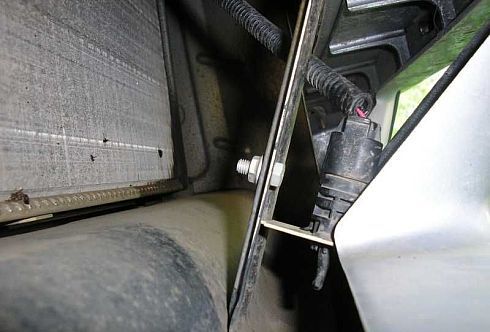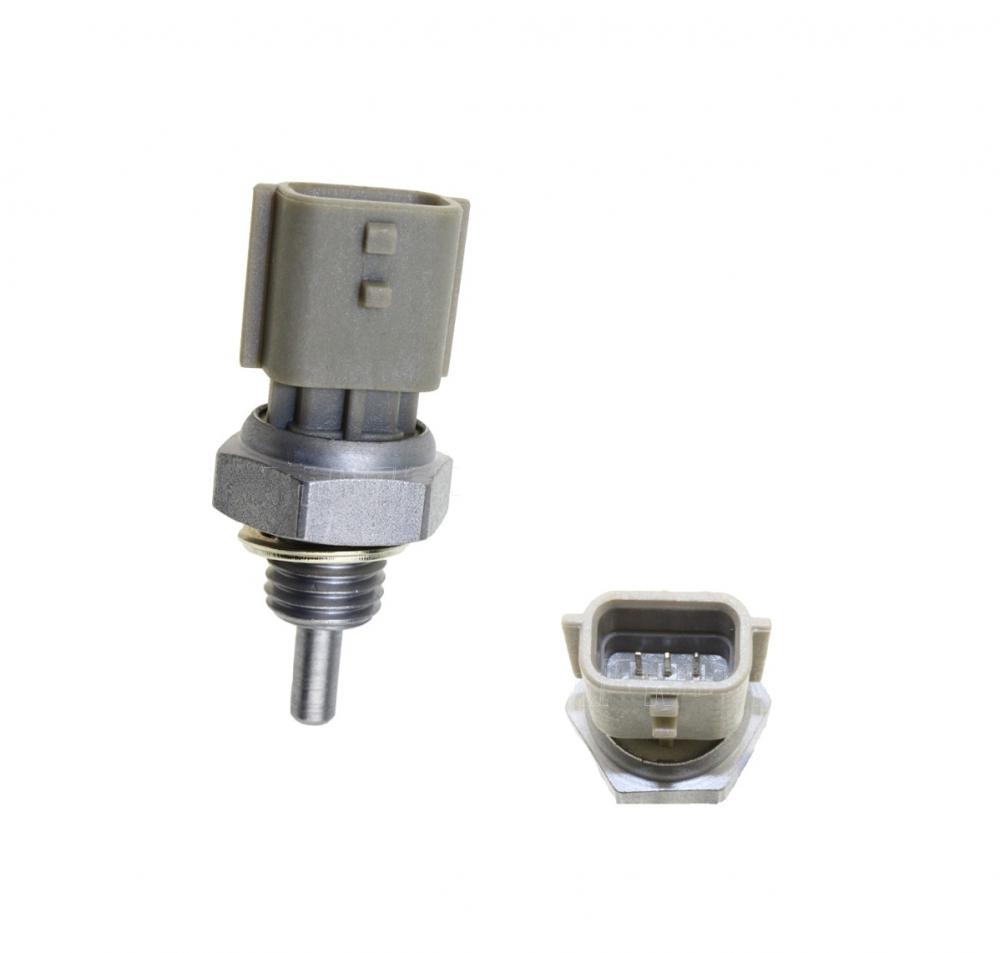
Temperature sensor Renault Logan
Content
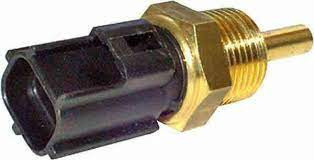
The Renault Logan car uses two engine options that differ only in engine sizes of 1,4 and 1,6 liters. Both engines are equipped with an injector and are quite reliable and unpretentious. As you know, for the operation of electronic fuel injection (injectors), many different sensors are used that are responsible for the operation of the entire internal combustion engine.
Each engine has its own operating temperature, which must be maintained. To determine the temperature of the coolant, a special sensor is used, which, by the way, is our article today.
This article talks about the coolant temperature sensor on a Renault Logan car, that is, its purpose (functions), location, symptoms, replacement methods, and much more.
Sensor purpose

The coolant temperature sensor is necessary to determine the temperature of the engine, and it also participates in the formation of the fuel mixture and turns on the cooling fan. As you can see, many functions are stored in such a small device, but in fact it only transmits readings to the engine control unit, in which the DTOZH readings are processed and signals are sent to the engine electrical equipment.
For example, when the critical coolant temperature is reached, the ECU gives a signal to turn on the engine cooling fan. When starting the engine in cold weather, the ECU sends a signal to form a “richer” fuel mixture, that is, more saturated with gasoline.
Sensor operation can be noticed when starting a cold car, then higher idle speeds are noted. This is due to the need to warm up the engine and a more gasoline-enriched air-fuel mixture.
Sensor design
DTOZH is made of heat-resistant plastic and metal, inside it there is a special thermoelement that changes its resistance depending on temperature. The sensor transmits readings to the computer in ohms, and the unit already processes these readings and receives the temperature of the coolant.
Below in the picture you can see the Renault Logan coolant temperature sensor in section.
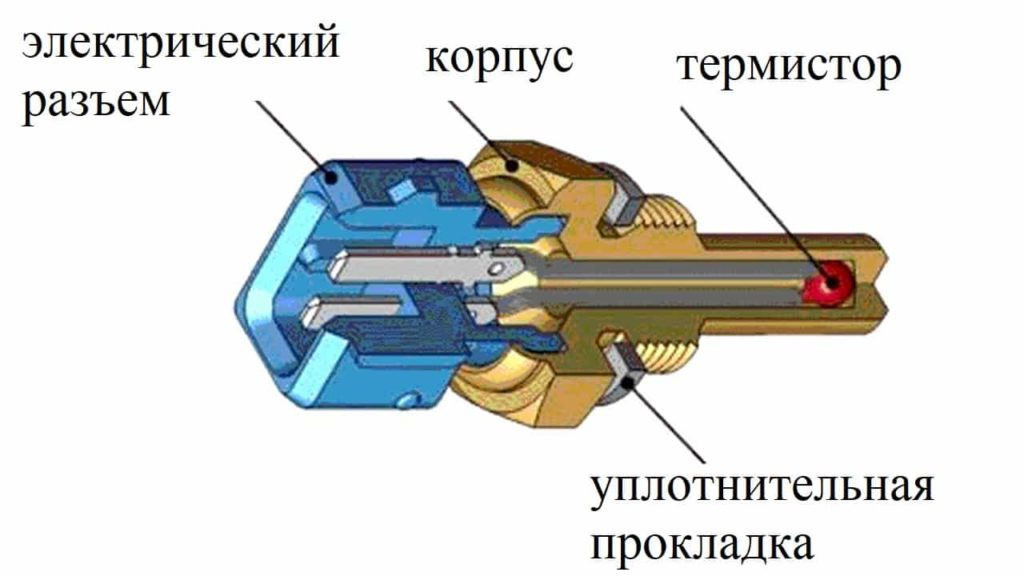
Symptoms of a malfunction
If the coolant temperature sensor fails, the vehicle may experience the following symptoms:
- The engine does not start either cold or hot;
- When starting from the cold, you need to press the gas pedal;
- The engine cooling fan does not work;
- The coolant temperature scale is displayed incorrectly;
- Black smoke comes out of the exhaust pipe;
If such problems appeared on your car, then this indicates a malfunction in the DTOZH.
Location

The coolant temperature sensor is located on Renault Logan in the cylinder block and is mounted on a threaded connection. Finding the sensor is easier by removing the air filter housing, and then the sensor will be more easily accessible.
inspection
The sensor can be checked using special diagnostic equipment or independently using a thermometer, boiling water and a multimeter, or an industrial hair dryer.
Equipment check
To check the sensor in this way, it does not need to be disassembled, since the diagnostic equipment is connected to the vehicle's diagnostic bus and reads readings from the ECU about all the vehicle's sensors.
A significant disadvantage of this method is its cost, since almost no one has diagnostic equipment available, so diagnostics can only be carried out at service stations, where this procedure costs about 1000 rubles.
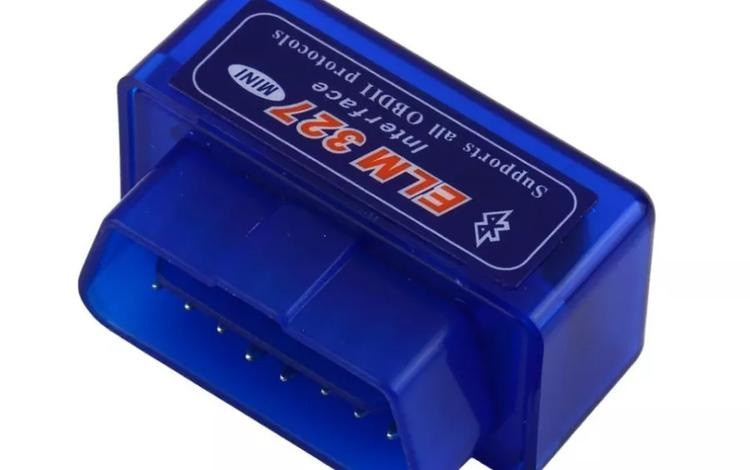
You can also buy a Chinese ELM 327 scanner and check your car with it.
Checking with a hair dryer or boiling water
This check consists in heating the sensor and monitoring its parameters. For example, using a hair dryer, a disassembled sensor can be heated to a certain temperature and observe the change in its readings; at the moment of heating, a multimeter must be connected to the sensor. The same with boiling water, the sensor is placed in hot water and a multimeter is connected to it, on the display of which the resistance should change when the sensor is heated.
Replacing the sensor
Replacement can be done in two ways: with and without draining the coolant. Consider the second option, as it is more economical in terms of time.
So, let's start with the replacement.
Attention!
Replacement must be done on a cold engine to avoid burns of the coolant.
Replacement must be done on a cold engine to avoid burns of the coolant.
- Remove the air filter hose;
- Remove the sensor connector;
- Unscrew the sensor with a key;
- Once the sensor is removed, plug the hole with your finger;
- We prepare the second sensor and quickly install it in place of the previous one so that as little coolant as possible flows out;
- Then we collect everything in the reverse order and do not forget to add coolant to the required level
